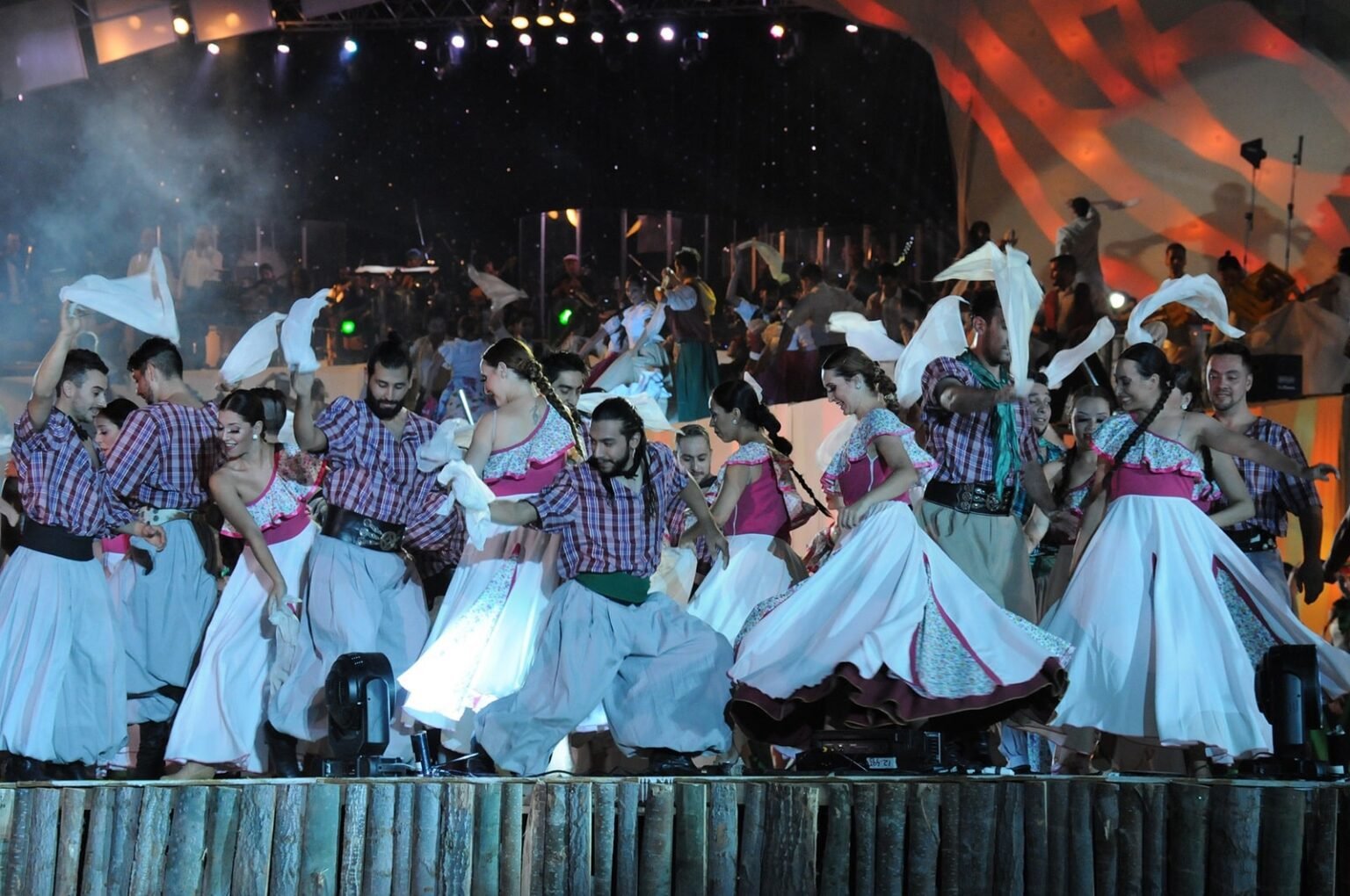Argentina, known for its passionate tango music, aromatic mate tea, and iconic gaucho culture, boasts a rich and diverse cultural heritage that reflects the country’s history and multicultural influences. From the bustling streets of Buenos Aires to the vast plains of the Pampas, Argentina’s cultural traditions are deeply intertwined with its landscapes, people, and history. In this article, we will uncover the vibrant cultural heritage of Argentina, exploring the significance of tango, mate, and gauchos in shaping the nation’s identity and captivating the world.
The Passion of Tango:
Tango, often referred to as the “soul of Argentina,” is a sensual and emotive dance form that originated in the working-class neighborhoods of Buenos Aires in the late 19th century. Born out of a fusion of African, European, and indigenous influences, tango is characterized by its intimate embrace, intricate footwork, and soulful music. More than just a dance, tango is a reflection of Argentine identity, embodying passion, longing, and nostalgia for a bygone era. Today, tango remains an integral part of Argentine culture, celebrated in milongas (dance halls) and festivals around the world.
The Tradition of Mate:
Mate, a traditional herbal tea made from the leaves of the yerba mate plant, holds a central place in Argentine social and cultural life. Dating back centuries to indigenous cultures, mate is more than just a beverage; it is a symbol of friendship, hospitality, and community. Shared among friends and family in a ritualistic manner, mate is consumed through a special gourd (mate) and sipped through a metal straw (bombilla). Whether enjoyed at home, in the workplace, or during outdoor gatherings, mate is a cherished tradition that brings people together and fosters a sense of camaraderie.
The Spirit of Gauchos:
Gauchos, the legendary cowboys of the Argentine Pampas, embody the spirit of freedom, independence, and rugged individualism that characterizes Argentine culture. Descendants of European settlers and indigenous peoples, gauchos are skilled horsemen and expert cattle herders who roam the vast plains of Argentina. Clad in traditional attire including bombachas (baggy trousers), boleadoras (throwing weapons), and wide-brimmed hats, gauchos are iconic figures in Argentine folklore and literature, symbolizing the country’s pioneering spirit and connection to the land.
Cultural Significance and Legacy:
Tango, mate, and gauchos hold profound cultural significance in Argentina, serving as symbols of national identity, pride, and unity. These vibrant cultural traditions have transcended borders, captivating audiences around the world and fostering appreciation for Argentine culture and heritage. From the passionate embrace of tango dancers to the communal ritual of sharing mate with friends, these traditions celebrate the diversity and resilience of the Argentine people and reflect the country’s multicultural roots.
Conclusion:
In conclusion, tango, mate, and gauchos are integral components of Argentina’s rich cultural heritage, embodying the country’s history, traditions, and values. These vibrant cultural traditions serve as symbols of Argentine identity and pride, captivating audiences worldwide with their passion, authenticity, and beauty. As Argentina continues to evolve and embrace its cultural diversity, tango, mate, and gauchos remain central to the country’s cultural identity, inspiring admiration for the richness and vitality of Argentine culture.




